While hedgerows are a dominant feature of the Irish landscape, quality is often poor.
Good-quality hedgerows are important for a number of reasons. They provide crop protection, shelter for livestock, improved water quality, carbon sequestration, pollen and nectar for pollinators, nesting and feed resources for birds, as well as being an important foraging habitat for mammals.
Hedgerows also act as a wildlife corridor, connecting habitats throughout the landscape.
In terms of the type of hedge that is most beneficial for biodiversity, a hedgerow that is over 1.8 metres in height that has a wide base, a mix of woody species for an extended pollen and nectar season and that also has some mature trees will have the greatest benefits for biodiversity.
ACRES
When the planting of a new hedgerow action for the Agri-Climate Rural Environment Scheme (ACRES) is undertaken on a farm boundary, the applicant needs to have control of and access to maintain both sides.
Up to 750m of new hedging can be planted in ACRES, with a payment rate of €5.29 per metre per year for five years.
A minimum of 10 metres applies and the plant requirements are as follows:
There must be five plants per metre in a double staggered row. There must be at least three species with no one species making up more than 70% of the total. It is also very important that plants used are of Irish origin or provenance and need to be purchased from registered producers.Farmers also need to decide if they want to plant an escaped or topped hedge and manage accordingly.
If planting an escaped hedge, farmers can choose any mix of hedgerow and tree species and they must not prune after planting.
On the other hand, for a topped hedge, farmers must choose species that can tolerate trimming, such as whitethorn and blackthorn.
While hedgerows are a dominant feature of the Irish landscape, quality is often poor.
Good-quality hedgerows are important for a number of reasons. They provide crop protection, shelter for livestock, improved water quality, carbon sequestration, pollen and nectar for pollinators, nesting and feed resources for birds, as well as being an important foraging habitat for mammals.
Hedgerows also act as a wildlife corridor, connecting habitats throughout the landscape.
In terms of the type of hedge that is most beneficial for biodiversity, a hedgerow that is over 1.8 metres in height that has a wide base, a mix of woody species for an extended pollen and nectar season and that also has some mature trees will have the greatest benefits for biodiversity.
ACRES
When the planting of a new hedgerow action for the Agri-Climate Rural Environment Scheme (ACRES) is undertaken on a farm boundary, the applicant needs to have control of and access to maintain both sides.
Up to 750m of new hedging can be planted in ACRES, with a payment rate of €5.29 per metre per year for five years.
A minimum of 10 metres applies and the plant requirements are as follows:
There must be five plants per metre in a double staggered row. There must be at least three species with no one species making up more than 70% of the total. It is also very important that plants used are of Irish origin or provenance and need to be purchased from registered producers.Farmers also need to decide if they want to plant an escaped or topped hedge and manage accordingly.
If planting an escaped hedge, farmers can choose any mix of hedgerow and tree species and they must not prune after planting.
On the other hand, for a topped hedge, farmers must choose species that can tolerate trimming, such as whitethorn and blackthorn.



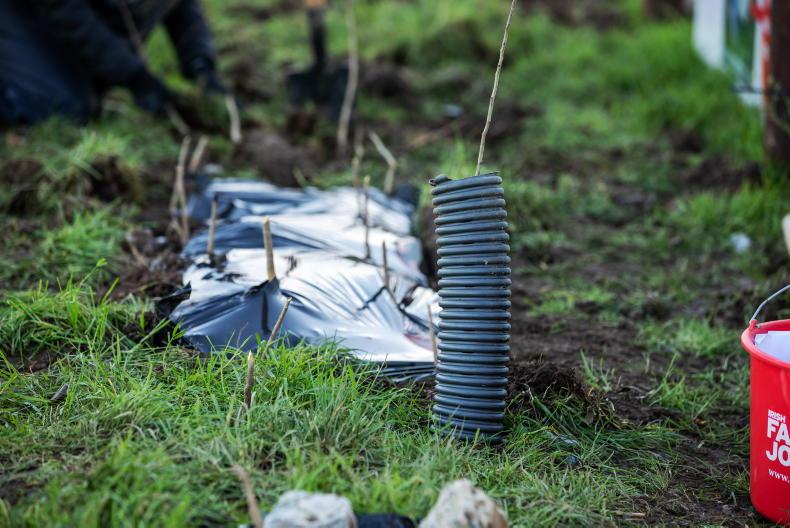

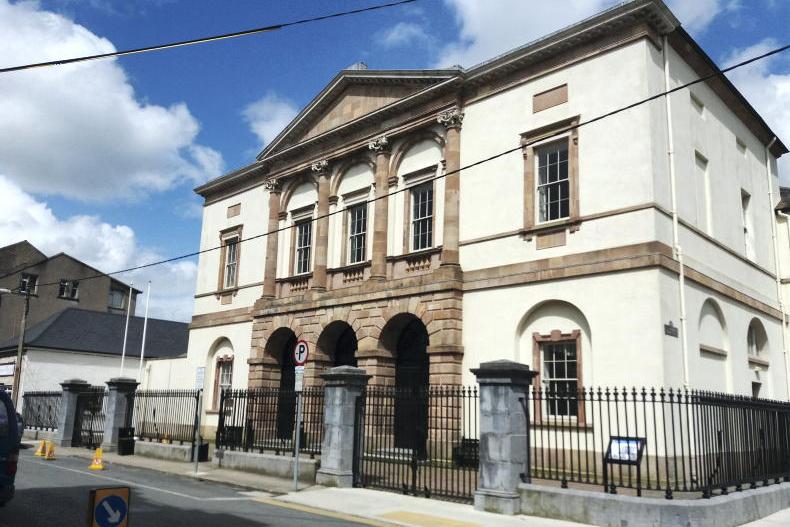

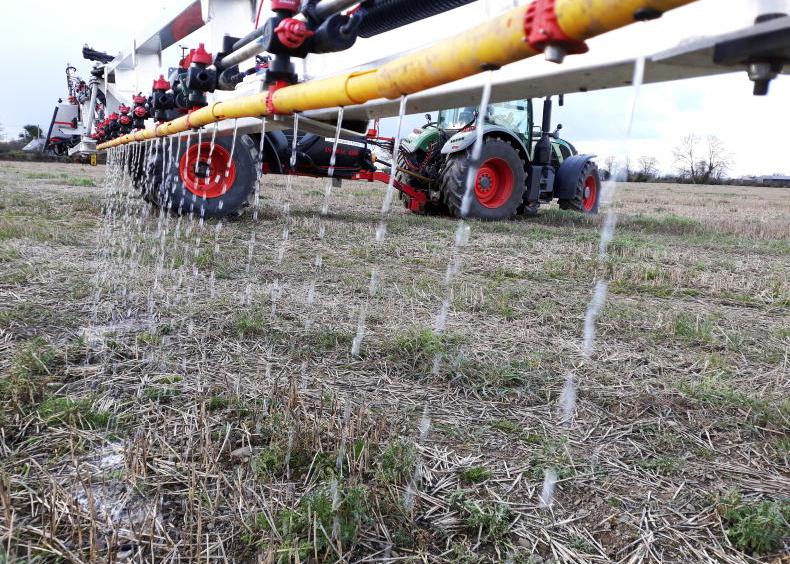
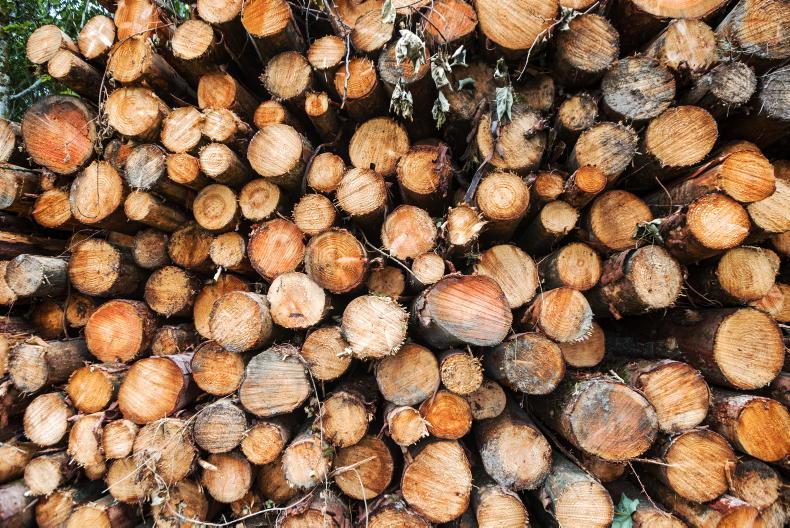
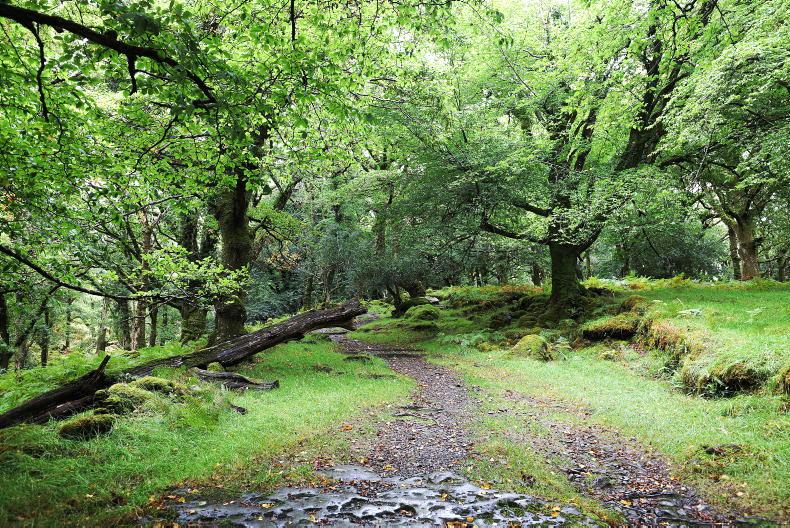
SHARING OPTIONS